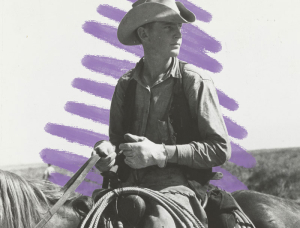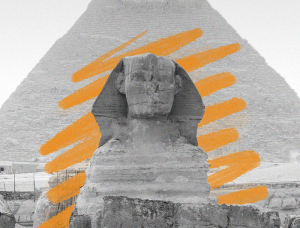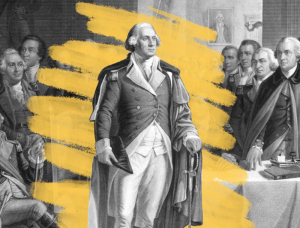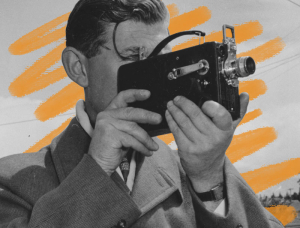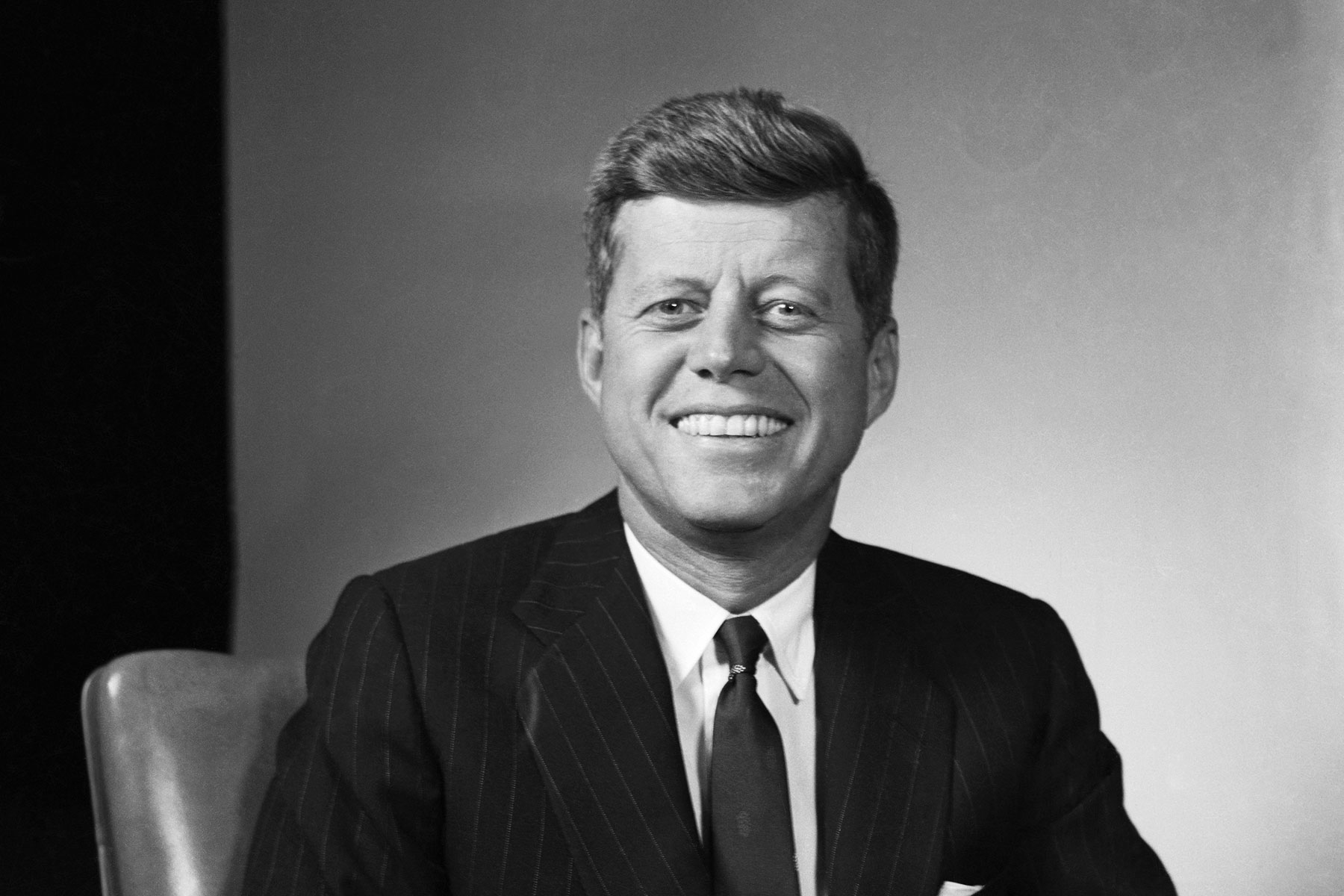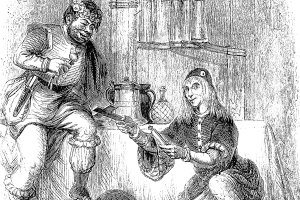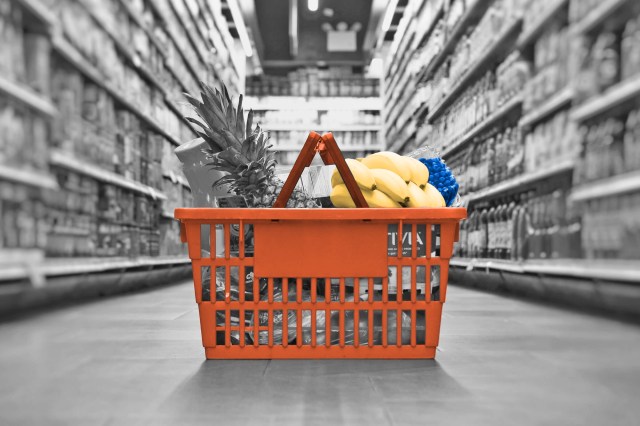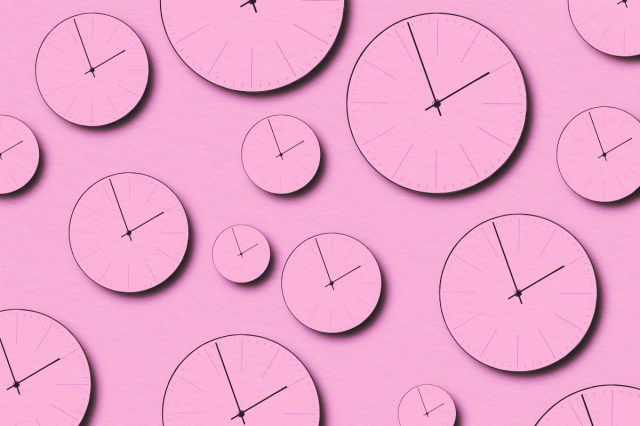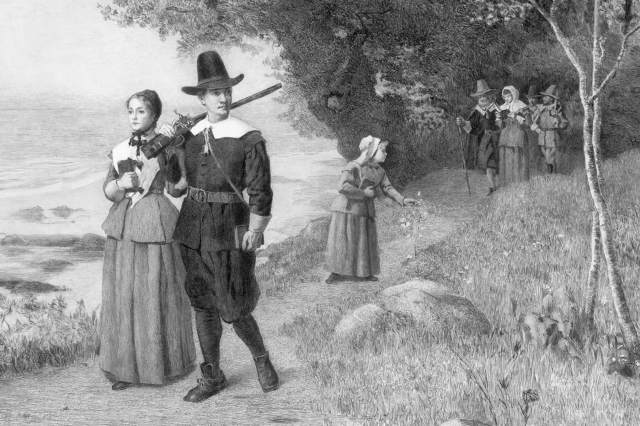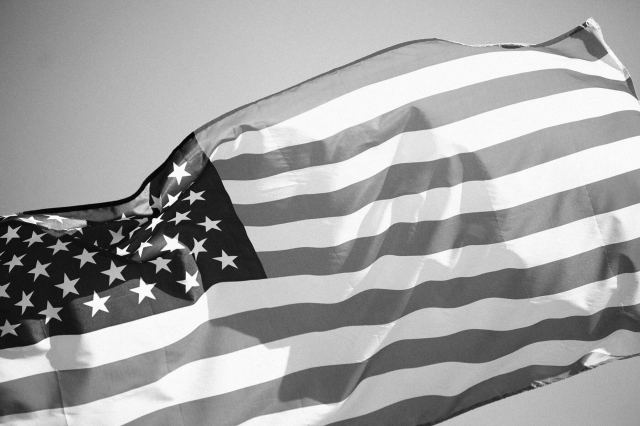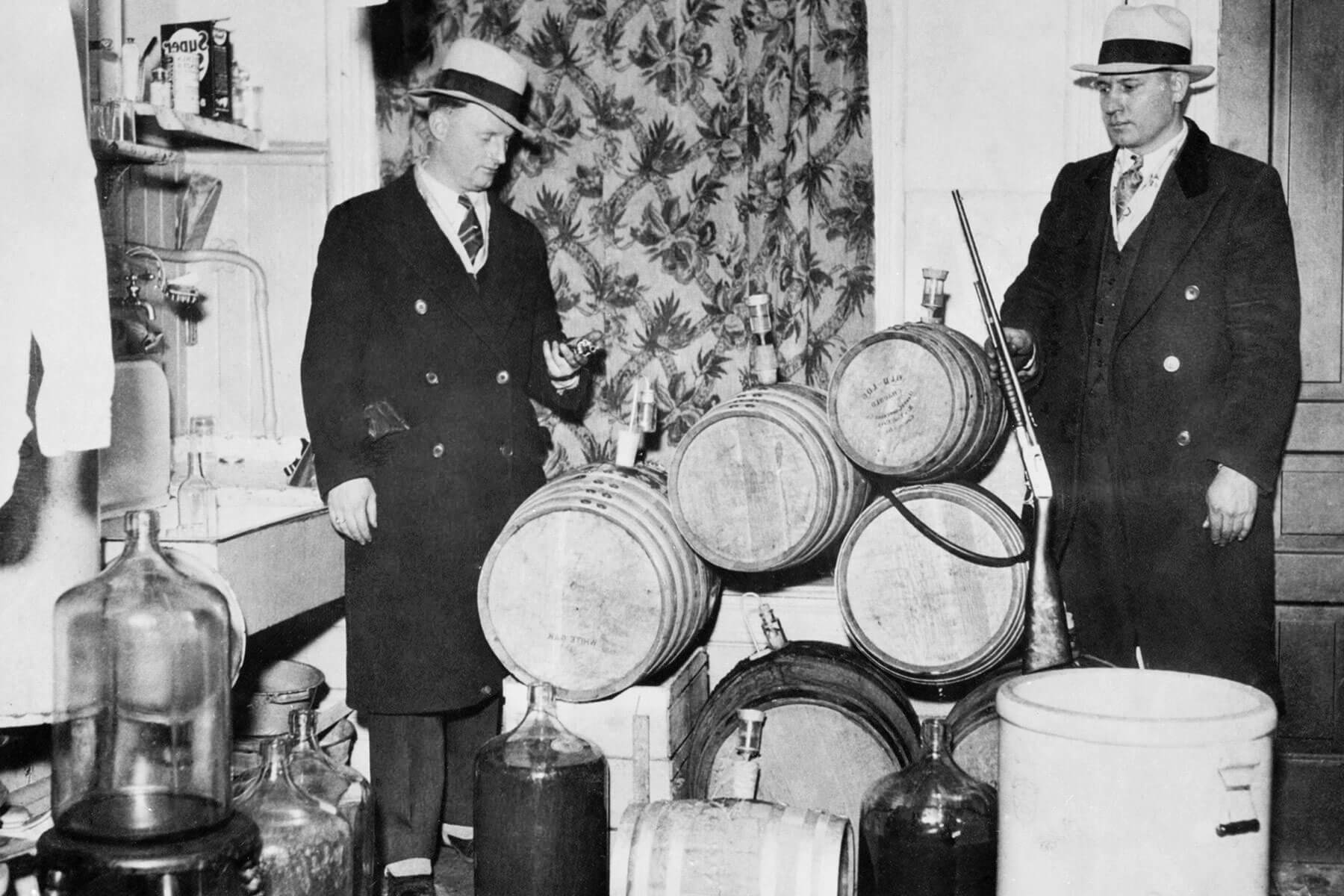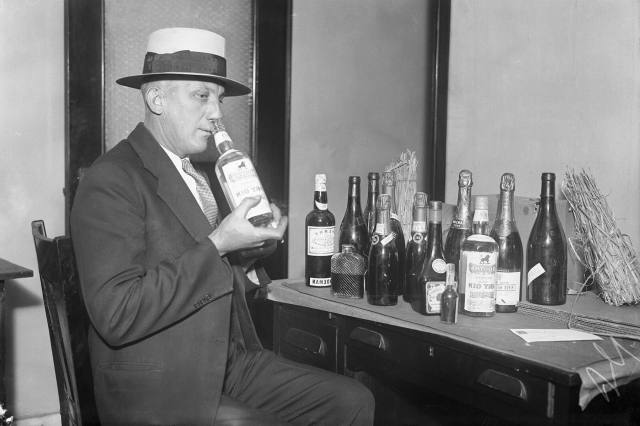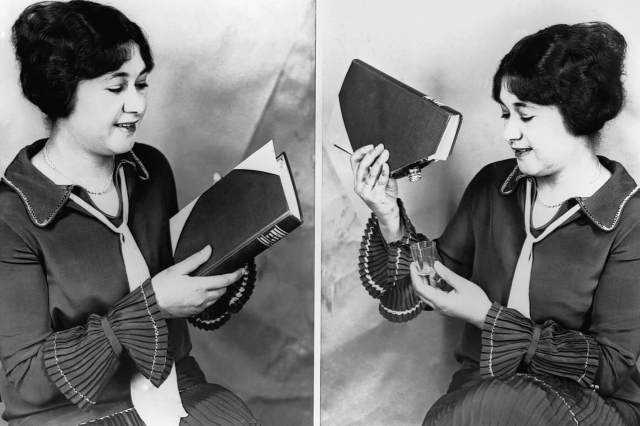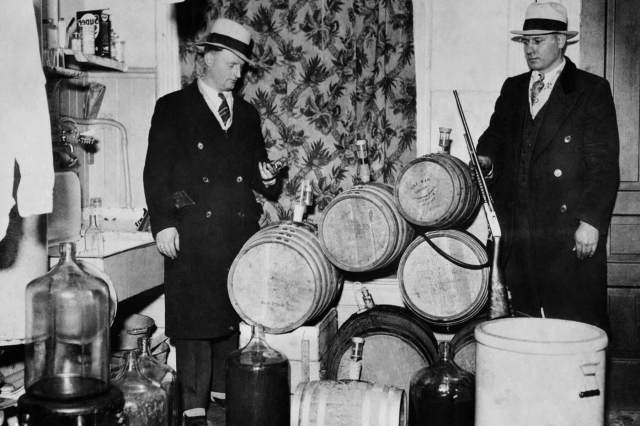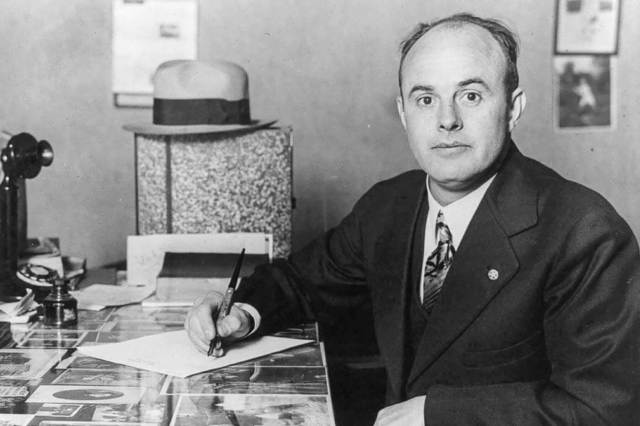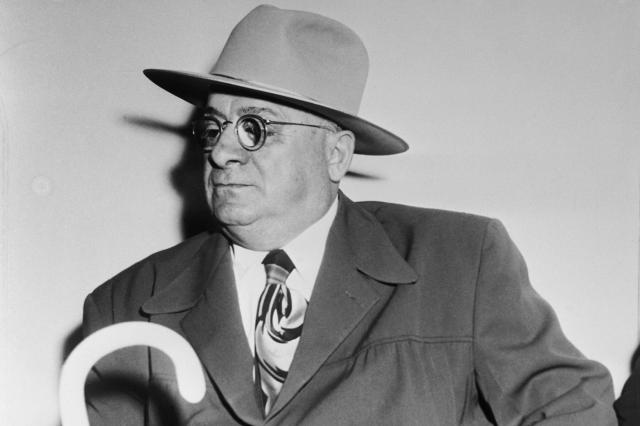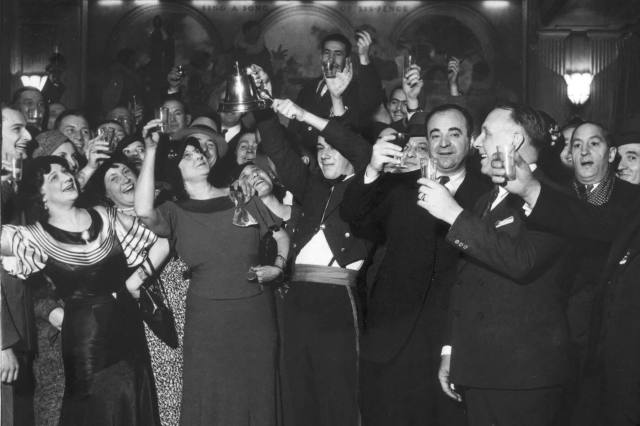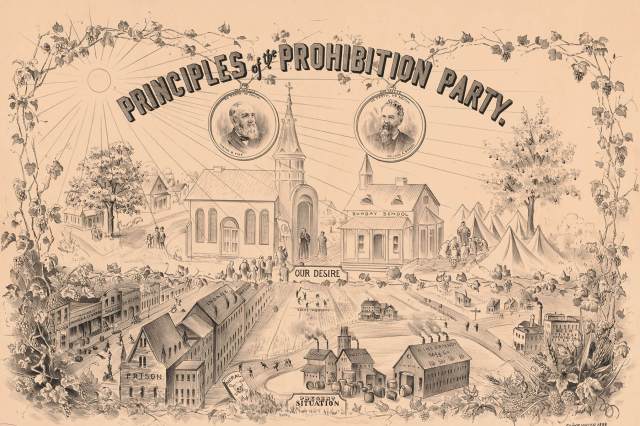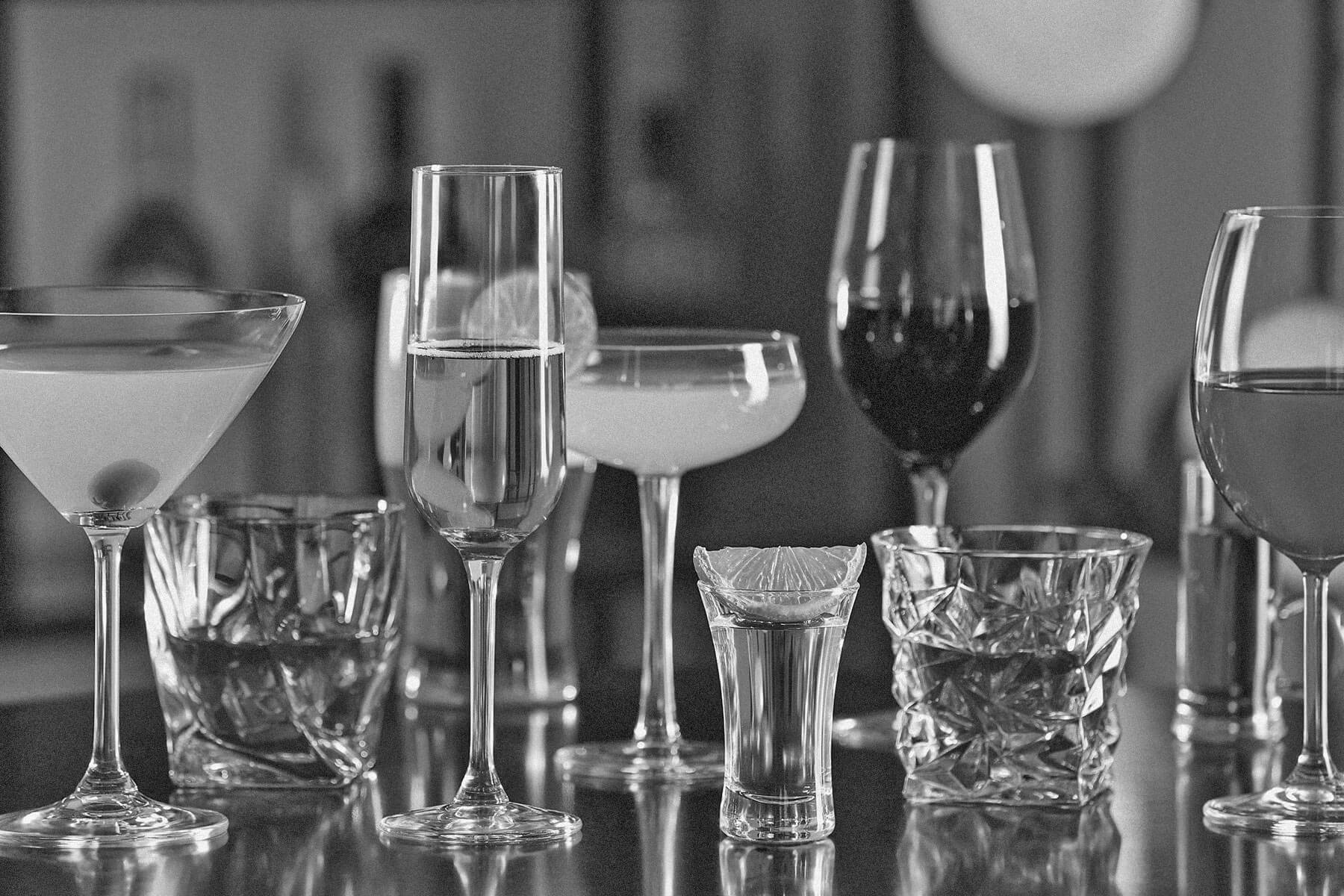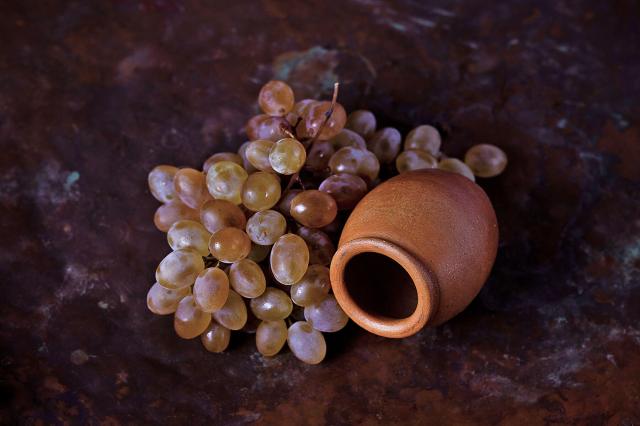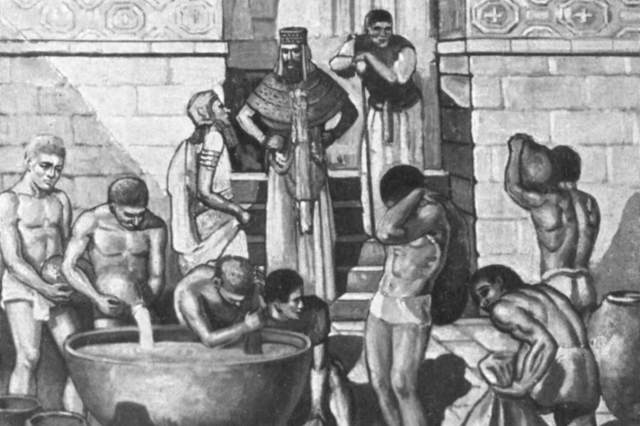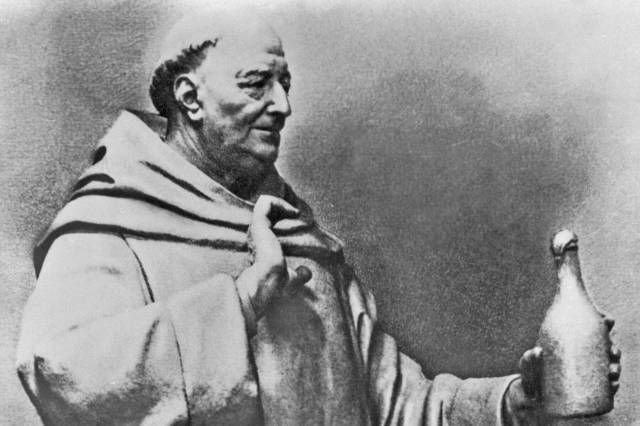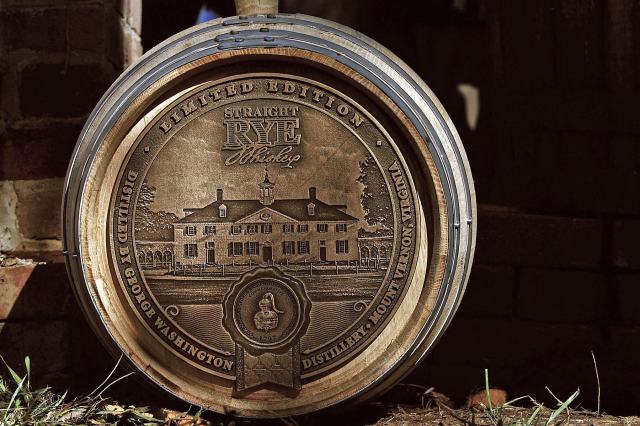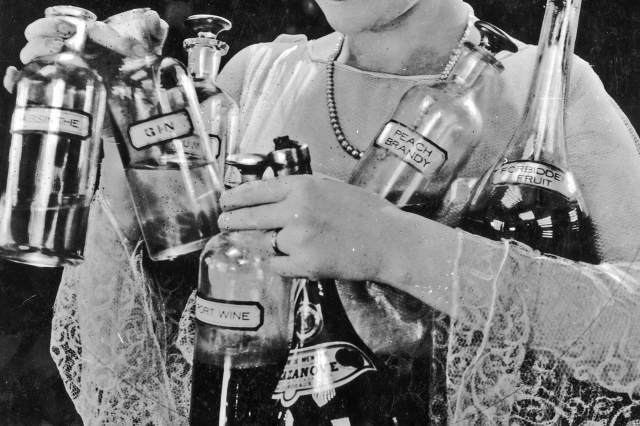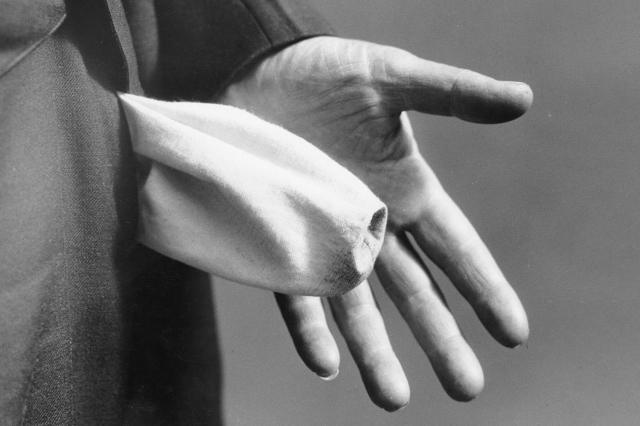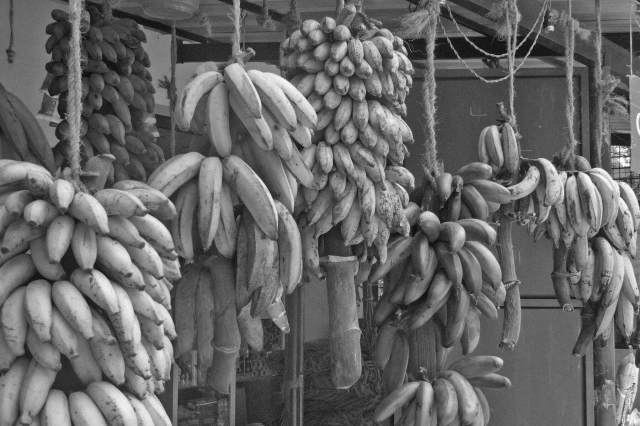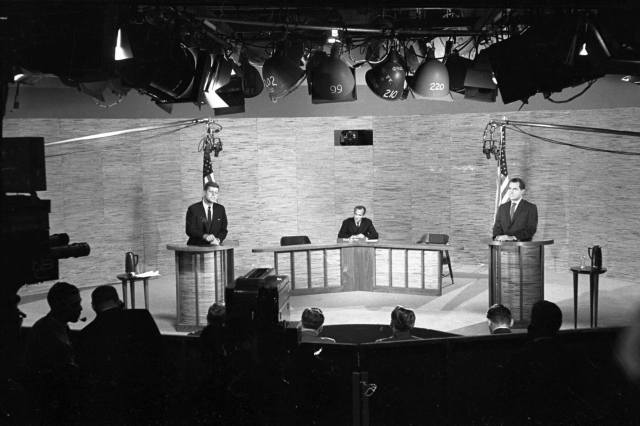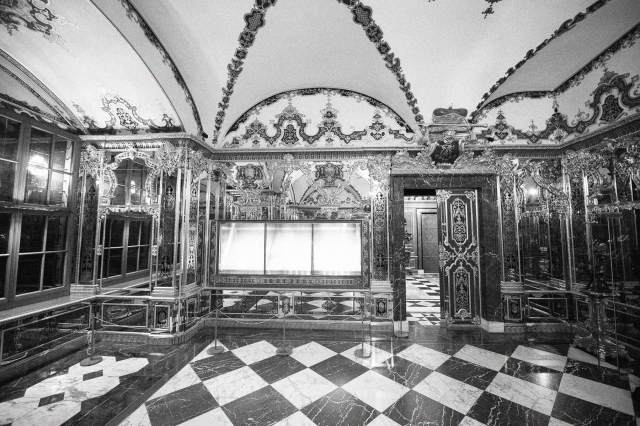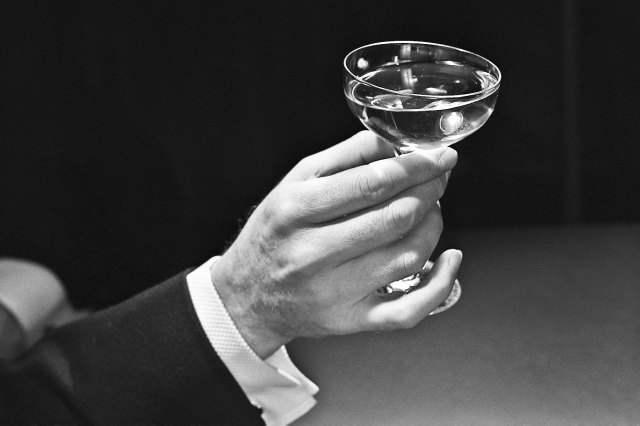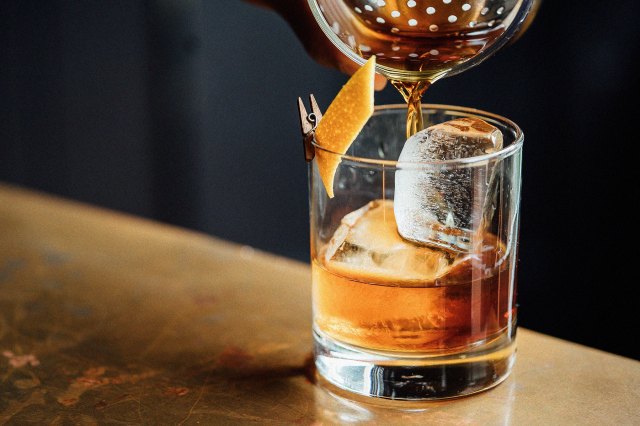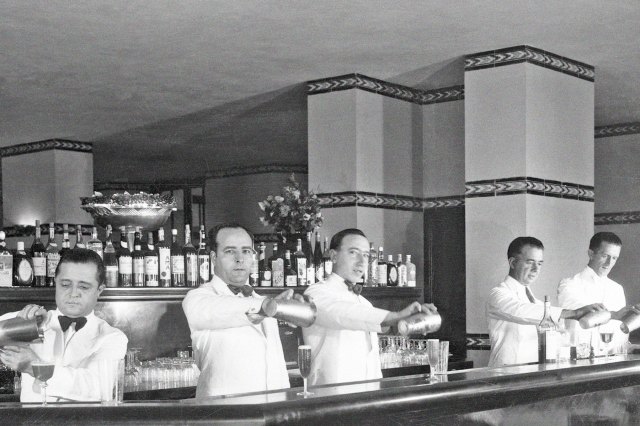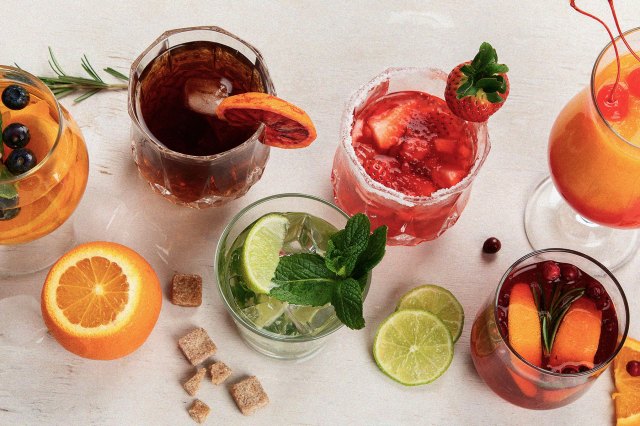We Made JFK’s Famous Waffles, and Here’s What We Learned
Like everything else they do while in office, the food preferences of the United States Presidents are meticulously documented. The eating habits of the commanders in chief become the object of scrutiny, and can even help shape the popularity of certain dishes. Thomas Jefferson, for instance, is credited with introducing multiple recipes to the New World, including macaroni, ice cream, and French fries. John Tyler had a popular type of pie named after him, and Ronald Reagan was famous for keeping a jar of Jelly Belly jelly beans on his desk.
The 35th President, John F. Kennedy, is no exception. In fact, among the documents on his presidency preserved in the National Archives is a small recipe card featuring his family waffle recipe. Over the years, various cookbooks requested family recipes from the Kennedys, and one that was frequently shared was this waffle recipe, which JFK often requested himself from the White House chefs.
As a lover of both history and waffles, I decided to make these waffles for myself and see if I could bring the Kennedy experience to my own kitchen. Here’s what I discovered about JFK’s famous breakfast dish.

A Classic Family Meets a Classic Dish
A breakfast staple dating back to ancient Greece, waffles are more than just pancakes with ridges. They were originally thin wafers eaten on special occasions, and, in another presidential twist, Thomas Jefferson was purported to have brought the first long-handled waffle iron to America. In the decades since, waffles have undergone several makeovers, from fluffy Belgian varieties to frozen Eggos. But no matter their shape or price, they are a quintessential breakfast dish.
It’s perhaps no surprise, then, that this recipe was so beloved by President Kennedy, who was a lover of the classics. According to the John F. Kennedy Presidential Library, JFK was fond of a smattering of traditional meals, such as New England fish chowder, corn muffins, and chocolate. However, he was also noted as being “a small eater and he often had to be reminded that it was dinner time.”
